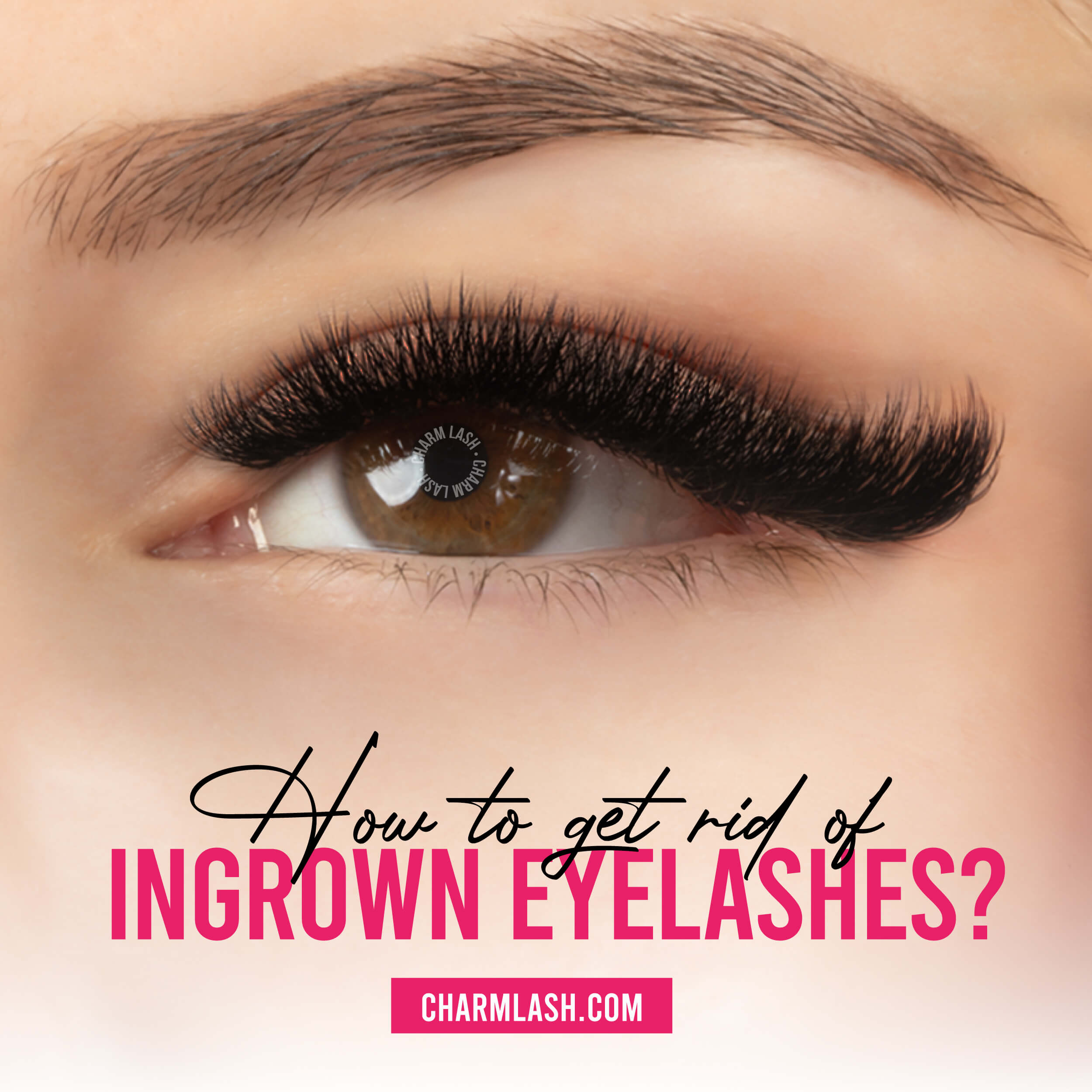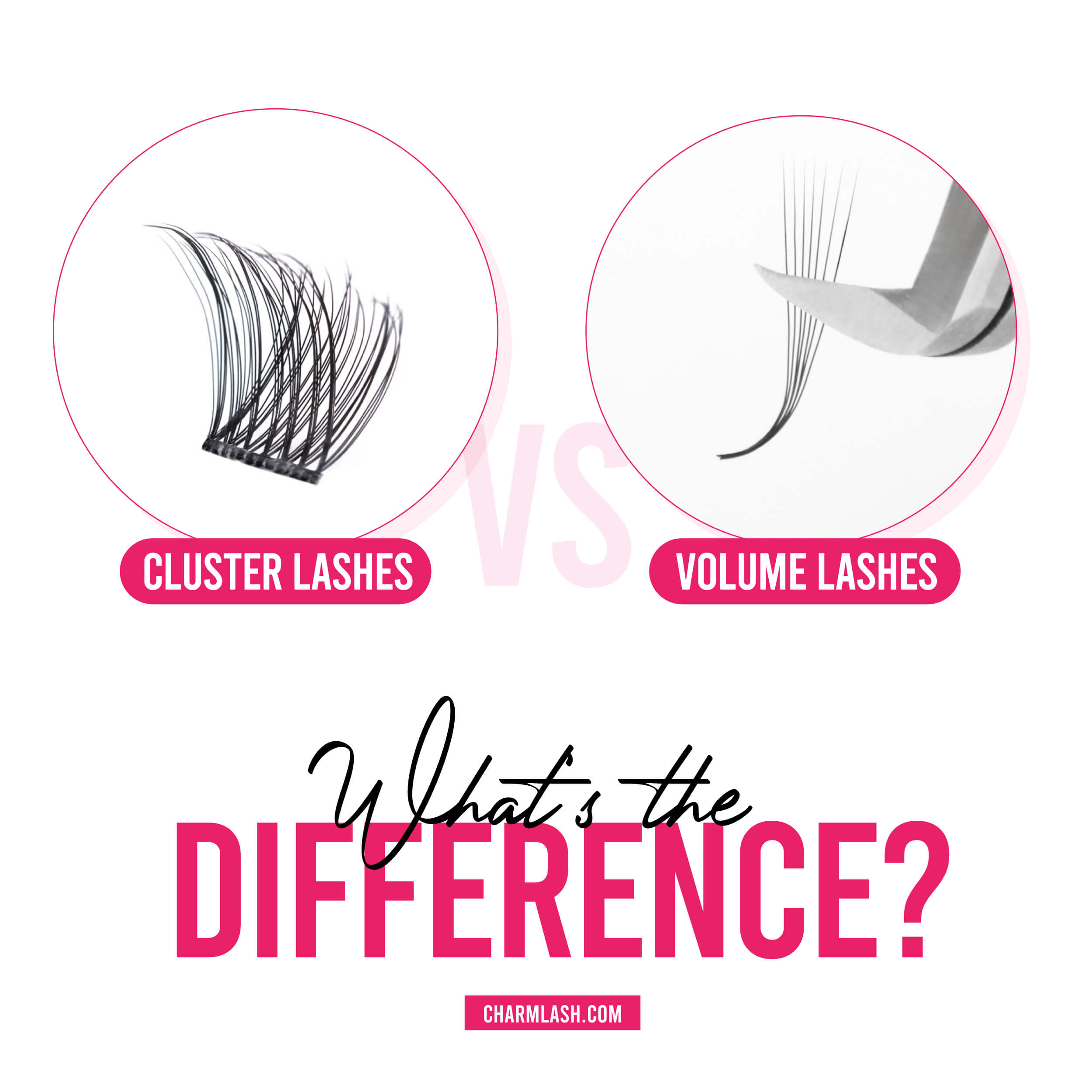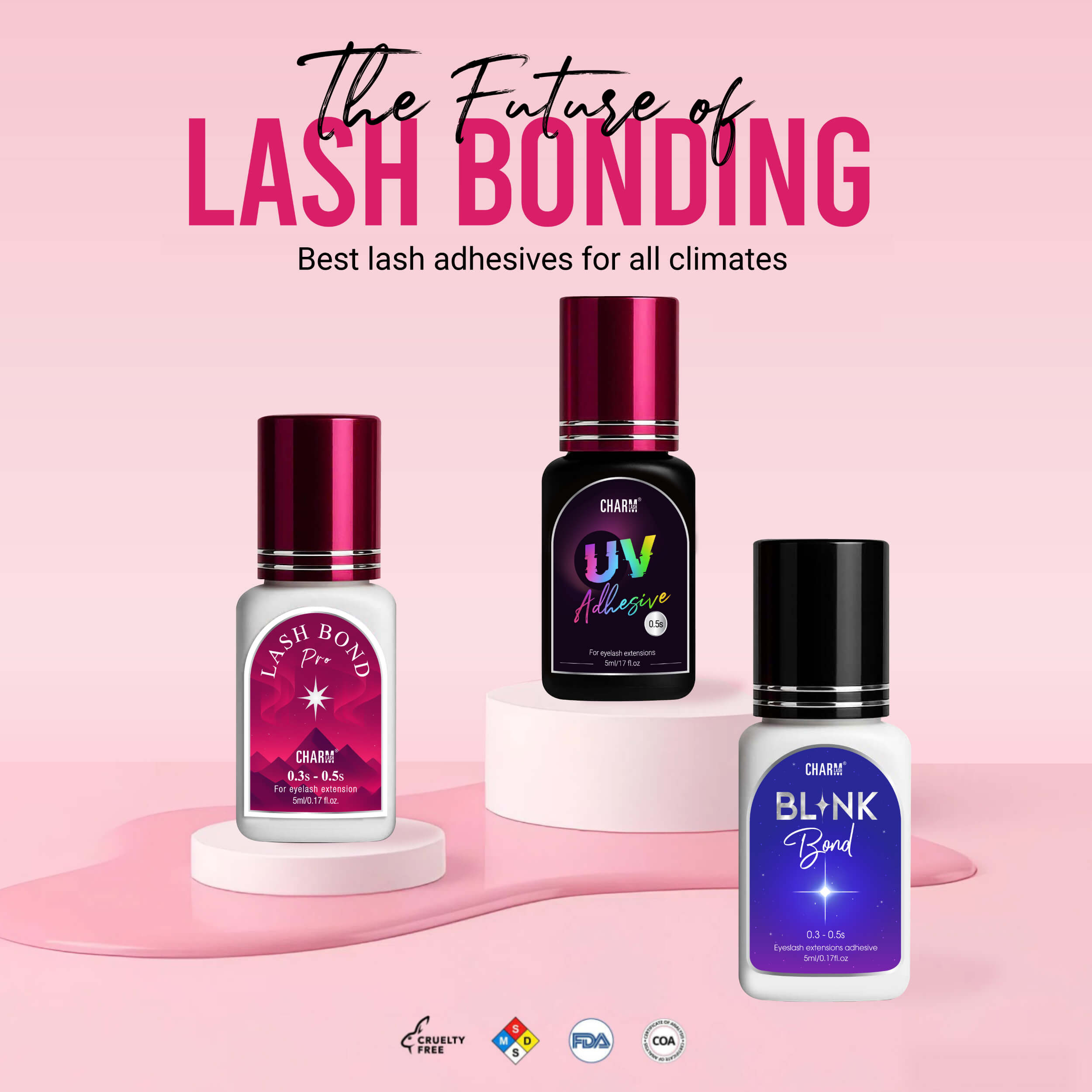Dealing with retention issues in lash extensions, such as premature fallout or poor adhesion, can be quite frustrating. But what many might not realize is that the culprit behind these woes could be lurking in something as seemingly innocuous as the eyelash extensions pH of your client’s eye areas. The natural lashes and skin around the eyes tend to have a pH level of about 5.5, and getting this balance just right can make all the difference in ensuring those lashes stay flawlessly in place for longer periods.
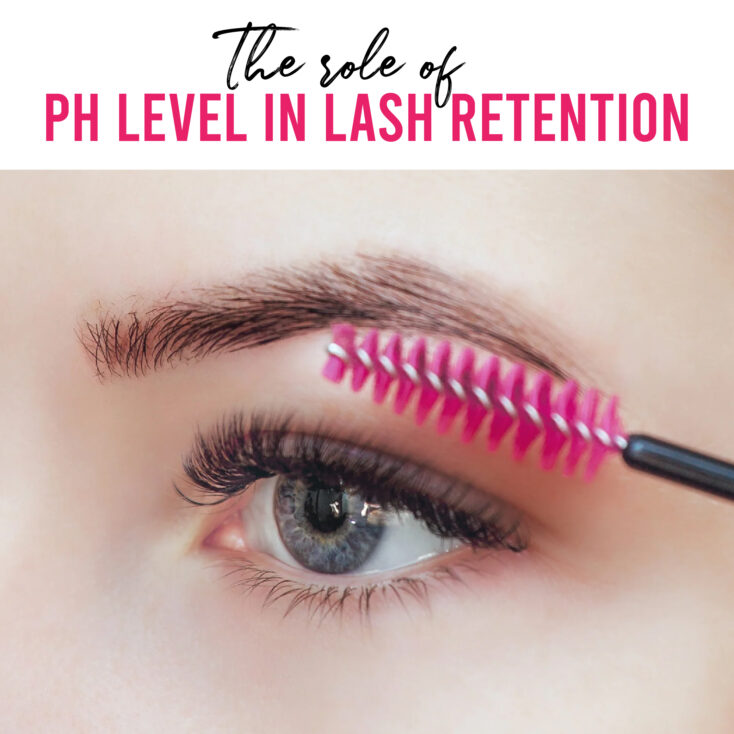
Understanding pH: The foundation of lash chemistry
Understanding pH is essential for mastering the art of lash extensions and ensuring top-notch adhesive performance. Let’s break down what pH means and why it matters so much in lash chemistry:
Defining pH
pH, or ‘Percent Hydrogen,’ is all about measuring how much acid or alkali is in a substance. It tells us whether something is acidic or alkaline. Simply put, pH serves as a simple and effective way to quantify the acidic or alkaline properties of a substance, allowing us to better understand its chemical nature and behavior.
The pH Scale
Imagine a scale that goes from 0 to 14. If something has a pH below 7, it’s acidic. The lower the number, the stronger the acid. If it’s above 7, it’s alkaline, with higher numbers meaning it’s more alkaline. 7 is right in the middle and is considered neutral.
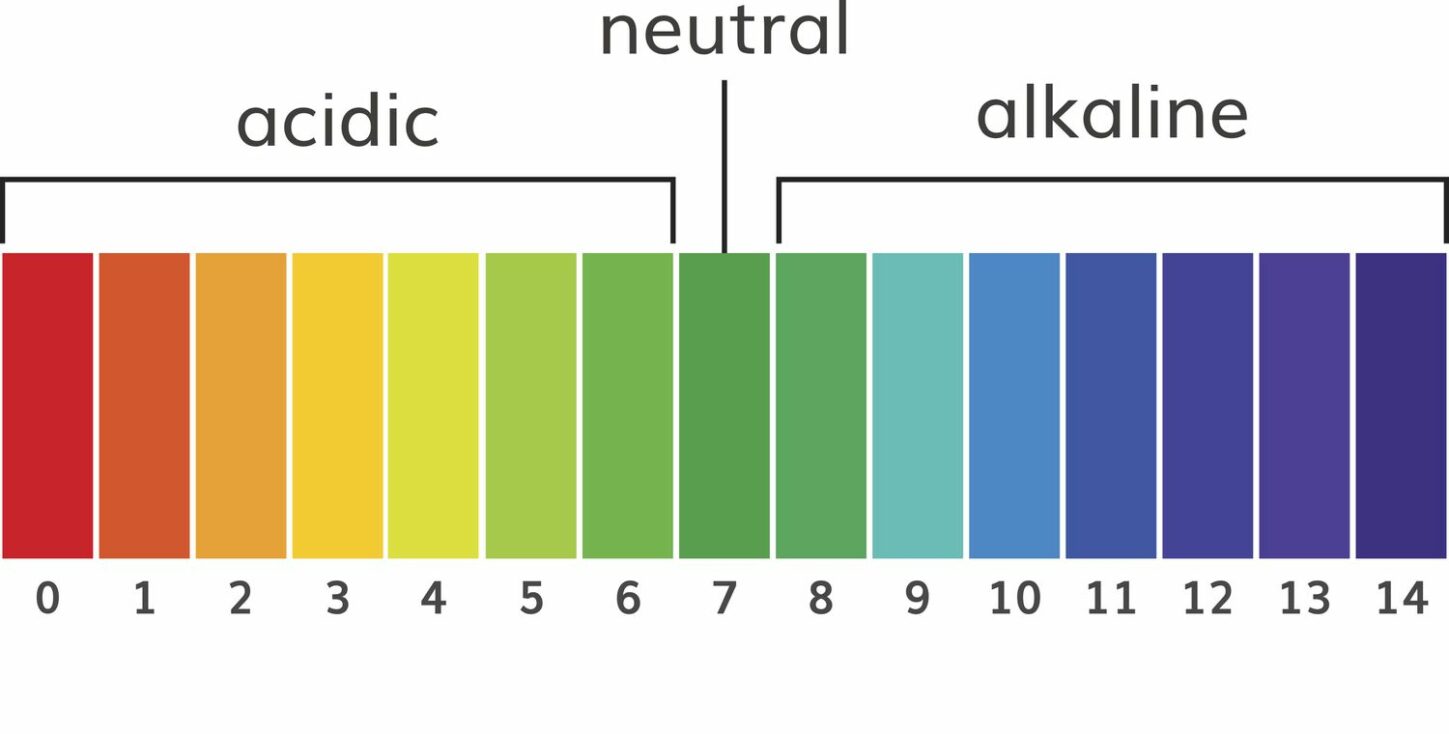
Why It Matters for Lash Extensions
The pH level of the natural lashes and natural oils are super important for how lash glue works. Getting the pH balance just right in this area directly affects how well the glue sticks and how long the lash extensions last.
In simple terms, knowing about pH helps us understand how lash glue works and why it’s essential for making sure lash extensions stay put for as long as possible.
Why we need to care about pH level of natural lashes
Ensuring the pH level of natural lashes is in balance is essential in the world of lash extensions because it directly impacts how well lash glue adheres to them, ultimately affecting how long the extensions stay in place. Natural lashes typically have a pH level around 5.5, which means they are slightly acidic. This acidity can affect the way lash glue bonds with the lashes and the extensions. For lash technicians, achieving a pH balance closer to neutral, around 7, is crucial for ensuring that the adhesive forms a strong and lasting bond.
pH of other things that may affect lash retention
The pH levels of various substances can significantly impact lash retention, affecting how well lash extensions adhere to natural lashes. Here’s a breakdown of the pH of different factors that may influence lash retention:
- Human Skin: The skin around the eye area, where lash extensions are applied, naturally tends to be slightly acidic, with a pH of approximately 5.5. To ensure optimal adhesive bonding, lash technicians aim to bring the pH closer to neutral, which is around 7.
- Natural Oils: Natural oils produced by the skin typically have a pH level of 5.5. These oils can accumulate on the lashes and affect the adhesive bonding process if not properly cleansed before lash application.
- Mascara: Mascara products generally have a pH ranging from 6.5 to 8. When mascara residue is present on the lashes, it can interfere with the adhesive’s ability to form a strong bond between the natural lashes and extensions.
- Skin Toners: Skin toners, often used as part of skincare routines, have pH levels between 4 to 5. If residual toner remains on the skin or lashes, it may disrupt the pH balance and compromise lash retention.
- Shampoo: Shampoo products have a wide pH range, typically between 3.5 to 9.0. If shampoo residue remains on the lashes after washing, it can impact the adhesive’s ability to adhere to the natural lashes effectively.
- Tap Water: The pH of tap water can vary but generally falls within the range of 6.5 to 9.5. If tap water is used during lash cleansing or if it comes into contact with the lashes, it may affect the pH balance and subsequent lash retention.
- Saline Solution: Saline solution, often used for cleaning and rinsing purposes, has a pH level of 5.5. While saline is gentler on the eyes compared to tap water, its pH can still influence lash retention if not properly managed.
- Distilled Water: Distilled water has a neutral pH of 7, making it an ideal option for rinsing and cleansing the lashes without altering their natural pH balance.
By understanding the pH levels of these various factors and taking steps to maintain a balanced pH environment, lash technicians can optimize adhesive bonding and enhance lash retention for their clients.
pH influences lash adhesive bonding
The pH level plays a crucial role in lash adhesive bonding, influencing how well lash extensions adhere to natural lashes. Here’s how pH impacts lash adhesive bonding:
Optimal pH for Adhesive:
Lash adhesives are formulated to work best at a neutral pH of around 7. When both the lash adhesive and the client’s natural lashes are at this neutral pH, it creates the ideal environment for the adhesive to bond effectively. Cyanoacrylate, the key ingredient in lash adhesives responsible for bonding natural lashes and extensions, functions most efficiently at this pH level.
Effects of Acidity
If the pH of the lash area is too acidic (below 7), it can interfere with the adhesive’s curing process. In an acidic environment, the adhesive may take longer to cure, leading to brittleness and premature lash fallout. The acidic pH can compromise the adhesive’s flexibility, resulting in poor lash retention as the bonds between the natural lash and the extension weaken over time.
Effects of Alkalinity
Conversely, an alkaline pH (above 7) can cause the adhesive to cure too quickly or unevenly. This rapid curing process can result in weak bonds between the natural lash and the extension, ultimately leading to poor retention. In alkaline conditions, the adhesive may not have sufficient time to form strong and durable bonds, resulting in shorter polymerized chains and a weaker overall bond.
To achieve optimal lash retention, it’s essential for both the client’s natural lashes and the eye area to maintain a pH level as close to 7 as possible. This ensures that the lash adhesive can work effectively, forming strong and long-lasting bonds between the natural lashes and the extensions.
Balancing pH before lash application: A key to maximum retention
Achieving the optimal eyelash extensions pH balance before lash application is essential for maximizing retention. Products like primers, accelerators, and shampoos are specifically designed to address this need. By adjusting the pH of the lash area close to 7, these products create the perfect environment for lash adhesive bonding. When the pH is balanced, cyanoacrylate, the key ingredient in lash adhesives, performs at its best, resulting in stronger and more durable bonds between natural lashes and extensions. Ultimately, this leads to enhanced retention, ensuring that lash extensions stay in place for longer periods, providing clients with beautiful and long-lasting results.
Techniques and products for Achieving an ideal eyelash extensions pH
Balancing the pH levels before applying lash extensions is vital for ensuring optimal adhesion and retention. Here are some techniques and products that can help achieve the ideal pH:
Lash Cleansers
Start by using lash cleanser, to remove any buildup on the lashes. These cleansers eliminate natural oils and residue, ensuring that the lashes are clean and ready for the next step.
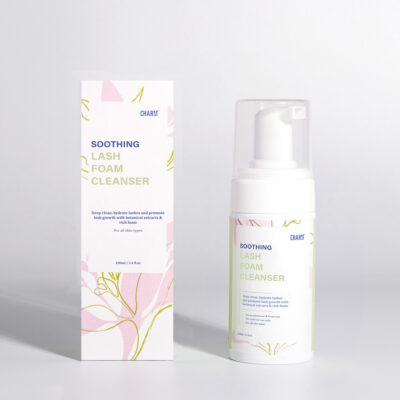
Primer Application
Apply a primer to the lashes after cleansing. Primers not only neutralize the pH of the lash area but also remove excess moisture. This creates a clean surface that enhances the bonding of the adhesive, leading to better retention of the lash extensions.
pH Balancers
In situations where the skin and lashes exhibit an alkaline pH, accelerators can serve as effective pH balancers to adjust the pH level closer to neutral. These accelerators work by optimizing the pH balance, ensuring that it aligns with the ideal environment for lash adhesive curing. By doing so, accelerators enhance the adhesive’s curing time, which contributes to the longevity of lash extensions. Ultimately, the use of accelerators helps maintain the pH balance necessary for optimal adhesion and retention, resulting in longer-lasting and more secure lash extensions.
Understanding and managing pH levels is super important when it comes to lash extensions. If the pH ain’t right, the glue won’t hold tight, and those lovely lashes might take flight! Keeping that pH sweet spot ensures the glue bonds like it should – meaning longer-lasting lash fabulousness.
Here’s a sheet for lash techs to keep that eyelash extensions pH game on point
- Clean lashes: Start with super clean lashes to get rid of any oils or makeup.
- Primer time: Use a primer to balance the natural lash pH before going further with the glue.
- Quality check: Always go for high-quality adhesives known for stable pH levels.
- Store smart: Store your adhesive in a cool, dry spot to stop the pH from going wacky.
- Fresh is best: Replace glue drops often during appointments so the pH level stays consistent.
- Aftercare is key: Educate clients on proper aftercare to avoid pH disruption post-application. Recommend clients to use soothing shampoo (internal link) to take care of their lashes at home.
Keep these tips in your back pocket, and your clients will thank you for the long-lasting lash looks!














